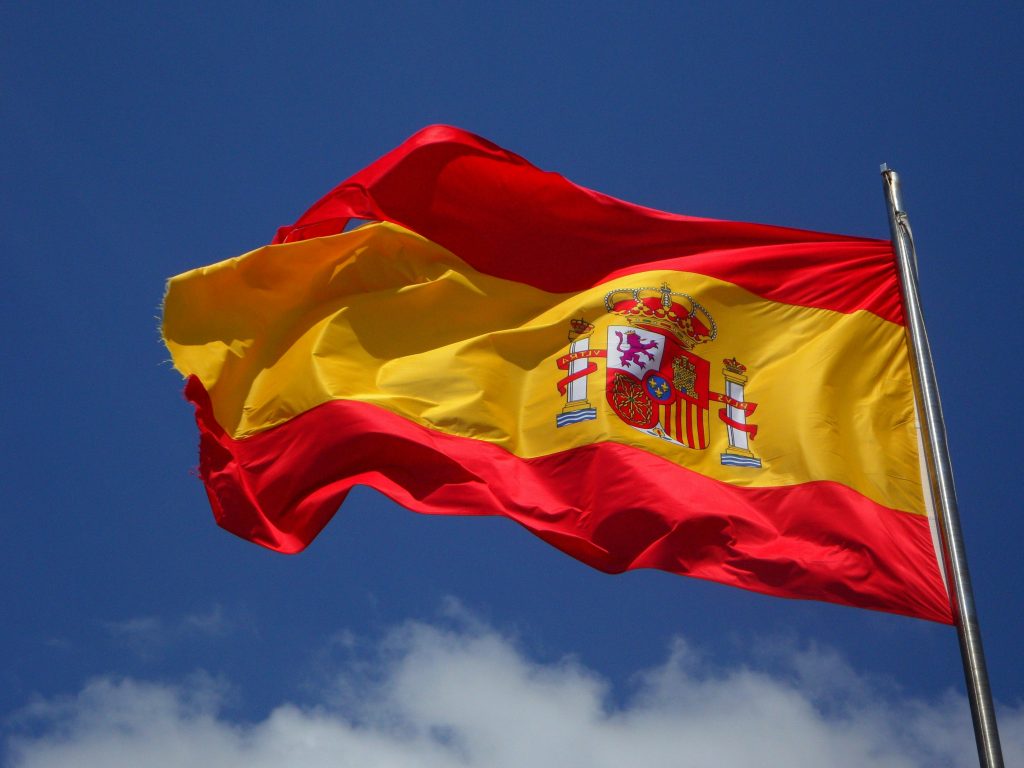Artistic Installations
In modern warfare, flagpoles continue to hold strategic and psychological significance.
In modern warfare, flagpoles continue to hold strategic and psychological significance.
In ancient times, flagpoles were simple wooden or metal staffs used to carry banners into battle. The Romans, for example, employed **vexillums**—cloth flags mounted on poles—to identify military units and boost morale. These early flagpoles were more than just tools; they were sacred objects, often adorned with religious symbols or emblems representing a legion’s honor. Losing a standard in battle was considered a disgrace, and soldiers would fight fiercely to protect their flagpole from capture.
The Age of Exploration further elevated the importance of flagpoles. Ships carried national flags on tall masts, serving as identifiers in international waters. When European explorers planted their flags in newly discovered lands, the flagpole itself became a symbol of conquest and territorial claim.

Marines hoisted the Stars and Stripes on a makeshift pole, immortalized in Joe Rosenthal’s Pulitzer Prize-winning photograph. That single flagpole became a powerful emblem of perseverance and victory.

Beyond the battlefield, flagpoles have been central to political movements and revolutions. The **Boston Tea Party (1773)** protesters famously raised liberty poles as symbols of defiance against British rule. In more recent history, the **fall of the Berlin Wall (1989)** saw citizens tearing down barriers and raising flags on poles to celebrate newfound freedom. Even today, protests and uprisings often feature flagpoles carrying banners of resistance, proving that these structures remain potent symbols of collective identity and struggle.
Similarly, in World War I and II, flags on poles marked headquarters, supply depots, and field hospitals, guiding troops through the fog of war. From ancient battle standards to modern-day memorials, the flagpole has been an enduring witness to history. Whether standing tall in a quiet backyard or amidst the smoke of war, it carries the stories of nations, the courage of soldiers, and the hopes of people. The next time you see a flag waving high, remember—it’s not just fabric on a pole; it’s a piece of history.

One of the simplest yet most striking ways to repurpose an old flagpole is by converting it into outdoor lighting. The tall, straight structure makes an ideal base for solar lamps, tiki torches, or string lights.